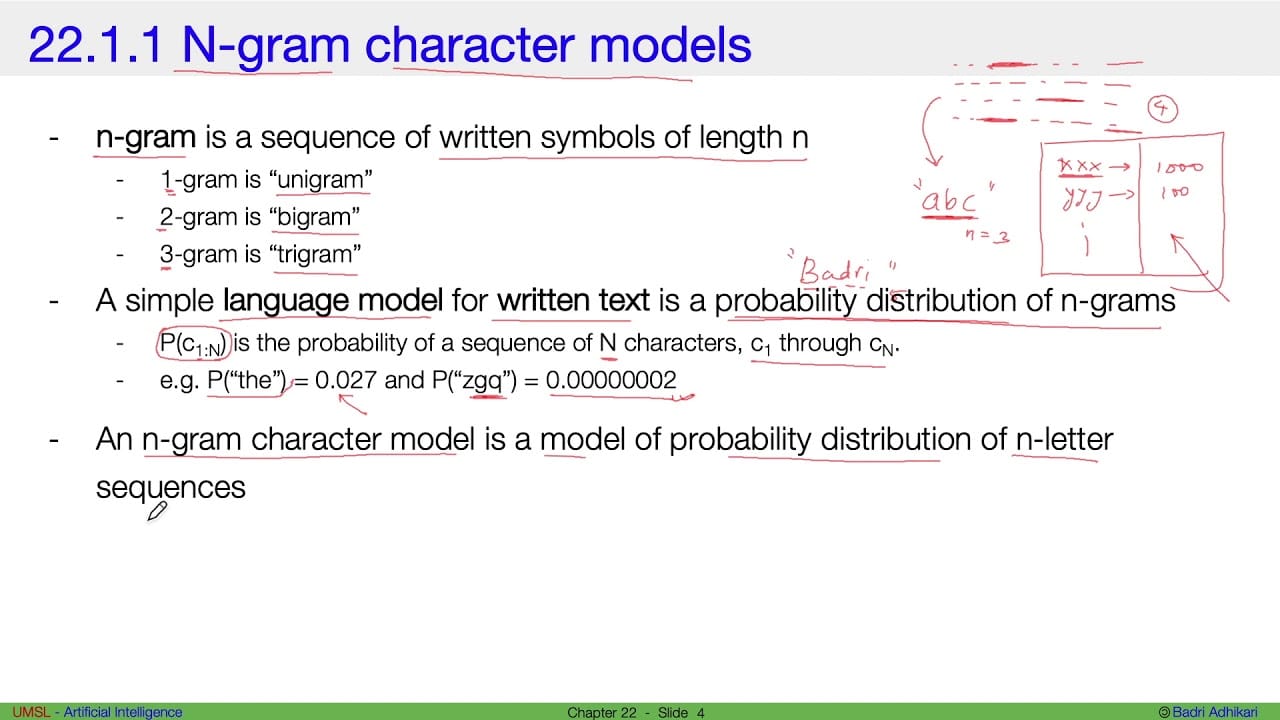N-grams are a set of strings, typically composed of words or characters, that together form a larger unit of text. They are used in the fields of Natural Language Processing (NLP) and computer programming, as well as in cybersecurity. N-grams are useful for discovering patterns and trends in documents, and can also be used to compare text sources.
N-grams were first proposed as a theory in the 1950s by linguists who wanted to investigate language structure, and have been used widely since then in many different areas. In NLP, n-grams are used to study language and detect subtle variations between them. A model employing n-grams can recognize which words are most likely to follow each other in sequence and how often they appear together.
In the field of computer programming, n-grams are used to analyze source code and other written pieces of text. This is used for a variety of purposes such as detecting legal issues or plagiarism, as well as detecting patterns and trends in code. In cybersecurity, n-grams are used to scan for malicious code and identify suspicious behavior, as well as to detect cybersecurity threats.
N-grams are composed of words or sequences of words, but characters can also be used. For example, an n-gram of characters could represent letters, numbers, punctuation, and/or symbols. N-grams can range from 1-grams (single words or characters) up to 5-grams (five characters or words). The larger the n-gram, the more powerful and accurate it is in detecting patterns.
N-grams are a powerful tool for analyzing large bodies of text. By detecting patterns and trends, they are useful for a range of tasks, from NLP to source code analysis to cybersecurity.






